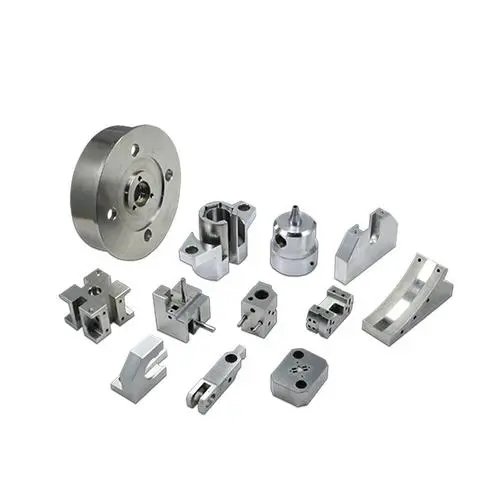Message
In my extensive experience in metal manufacturing, I have witnessed firsthand the crucial role that sheet metal plays in automotive manufacturing. The industry is constantly developing, constantly breaking through the boundaries of design and efficiency. However, this evolution has brought many challenges: maintaining cost-effectiveness, ensuring durability, and designing innovation. Fortunately, sheet metal manufacturing has effective solutions to address these challenges, proving its indispensable value in the automotive industry.
Sheet metal manufacturing provides a multifunctional and cost-effective solution for the automotive industry. By utilizing various technologies, we can produce parts that are sturdy, lightweight, and meet specific design requirements. From the chassis and panels to the brackets and shells, sheet metal components are an indispensable part of modern vehicle structure, enhancing functionality and aesthetics.
Continuous innovation in sheet metal manufacturing can meet the growing needs of automotive manufacturers and drive the industry forward. Please continue to follow us as we delve deeper into how these processes shape our cars today.

Basic knowledge of sheet metal processing
The journey of manufacturing sheet metal begins with choosing the right materials - steel, aluminum, copper, or alloys. Each product has unique performance that can meet the different needs of the automotive industry, such as strength, weight, and corrosion resistance. Once a material is selected, it will go through several processes.
These typically include cutting, bending, forming, and connecting. Cutting can be achieved through cutting, laser cutting, or water jet cutting, providing precision and flexibility for complex designs. Bending metal can shape metal without changing its volume, and modern machinery can achieve high precision even in complex patterns.
Using welding, riveting, or adhesive bonding techniques to assemble formed components into more important components. Each method has its advantages and is selected based on the strength and appearance requirements of the final product.
In addition, manufacturing parts typically requires precision machining processes to enhance their appearance and resistance to environmental factors. These processes include painting, powder spraying, or electroplating to enhance aesthetics and enhance wear resistance.









